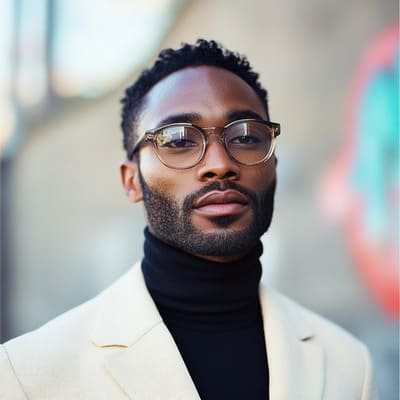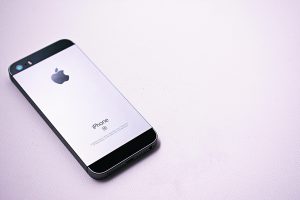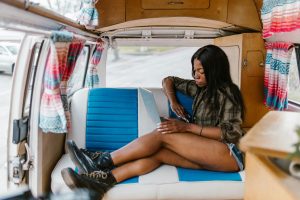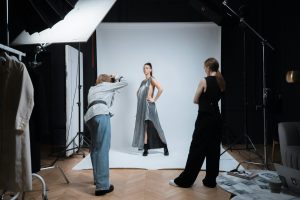Fashion Campaigns Breaking Stereotypes
Fashion is more than just clothing. It’s a powerful form of self-expression and a way to challenge societal norms and stereotypes. Over the years, fashion brands have used their platforms to break barriers, challenge norms, and promote inclusivity. With the rise of social media and the need for diversity and representation, fashion campaigns have become a tool to showcase the beauty and uniqueness of different cultures, body types, and identities. In this article, we will explore some of the most impactful fashion campaigns that have broken stereotypes and paved the way for a more inclusive fashion industry.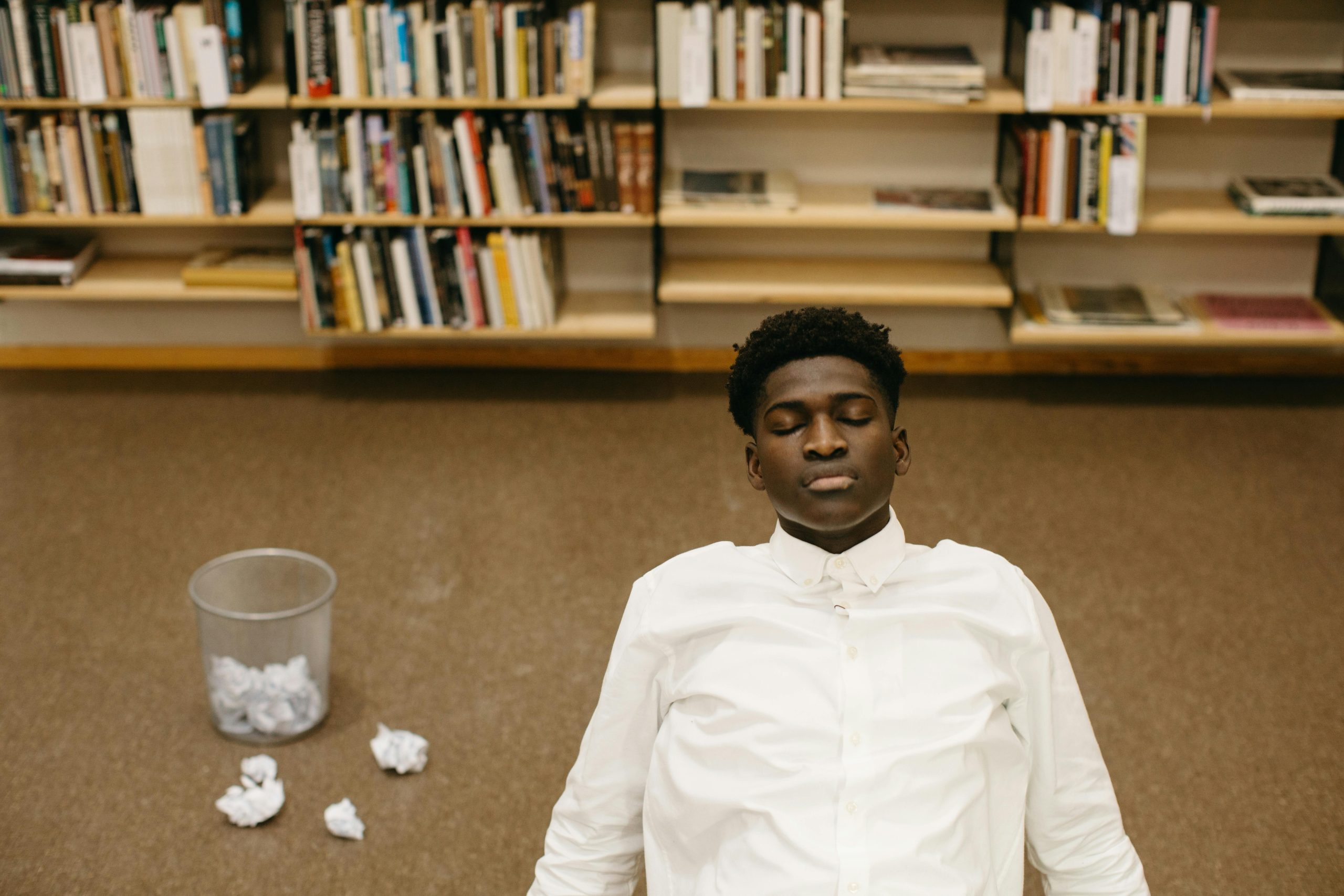
Breaking Beauty Standards
For far too long, the fashion industry has been known for perpetuating unrealistic beauty standards. However, in recent years, we have seen brands use their influence and resources to challenge these norms and celebrate diverse beauty. One of the most iconic examples is the Dove “Real Beauty” campaign. This campaign featured women of all ages, sizes, and ethnicities, unedited and unretouched. It was a revolutionary step in the beauty industry and sparked a wave of body positivity movements. Other brands such as Aerie, ModCloth, and Fenty Beauty have also followed suit, showcasing a diverse range of models and promoting self-love and acceptance.
Size Inclusivity
The fashion industry has long been criticized for its lack of diversity in terms of body size. However, in recent years, we have seen a shift towards more size-inclusive fashion campaigns. One of the most notable examples is the #AerieReal campaign by American Eagle’s lingerie brand, Aerie. The campaign featured models of different sizes posing in their natural bodies, unretouched. This campaign was a bold statement against the unrealistic beauty standards set by the fashion industry, and it received widespread praise and support. Since then, many other brands have followed suit, including ASOS, Savage x Fenty, and Nike, to name a few.
Redefining Gender Norms
The fashion industry has also been a platform for breaking traditional gender norms. In 2016, Zara launched its unisex collection, “Ungendered,” featuring basic pieces that can be worn by anyone regardless of their gender. Since then, many other brands have released gender-neutral collections, including H&M, Zadig & Voltaire, and Calvin Klein. In addition, fashion brands have also been featuring models of all gender identities in their campaigns, including transgender, non-binary, and gender-fluid individuals. By showcasing a diverse range of gender identities, these campaigns are challenging the binary norms and promoting inclusivity.
Celebrating Diversity
Fashion campaigns are no longer just about showcasing clothes. They have become a platform for celebrating diversity and different cultures. Nike’s “Dream Crazier” campaign featured female athletes from all around the world, breaking stereotypes and highlighting their achievements. Similarly, Tommy Hilfiger’s “Adaptive” campaign featured models with disabilities, showcasing fashionable and functional clothing for all. These campaigns are not only promoting inclusivity, but they are also creating a more relatable and authentic image for these brands.
The Power of Representation
Representation is crucial in breaking stereotypes and promoting inclusivity. Fashion campaigns that feature models of different ethnicities, cultures, and backgrounds are not only expanding the industry’s definition of beauty but also creating a sense of belonging for individuals who have often been underrepresented. One example of this is Rihanna’s Savage x Fenty show, which featured models of different sizes, races, genders, and cultures, celebrating diversity and promoting inclusivity.
Using Fashion as a Platform for Change
Fashion campaigns have the power to inspire change and spark important conversations. In 2019, Nike’s “Dream Crazier” campaign, featuring Serena Williams, sparked a debate about gender inequality in sports and promoted the idea that there is no limit to what women can achieve. Similarly, H&M’s “Close the Loop” campaign promoted sustainable fashion and encouraged consumers to make ethical and eco-friendly choices. These campaigns go beyond promoting clothes; they promote important values and ideas, making a significant impact on society.
In conclusion, fashion campaigns have the power to break stereotypes, challenge norms, and promote inclusivity. By featuring diverse models, celebrating different cultures and identities, and promoting important values, these campaigns are not only changing the fashion industry, but they are also creating a more inclusive and representative world. As consumers, we have the power to support and promote these campaigns and demand more diversity and inclusivity in the fashion industry. After all, fashion is not just about clothes, it’s about making a statement and inspiring change.

